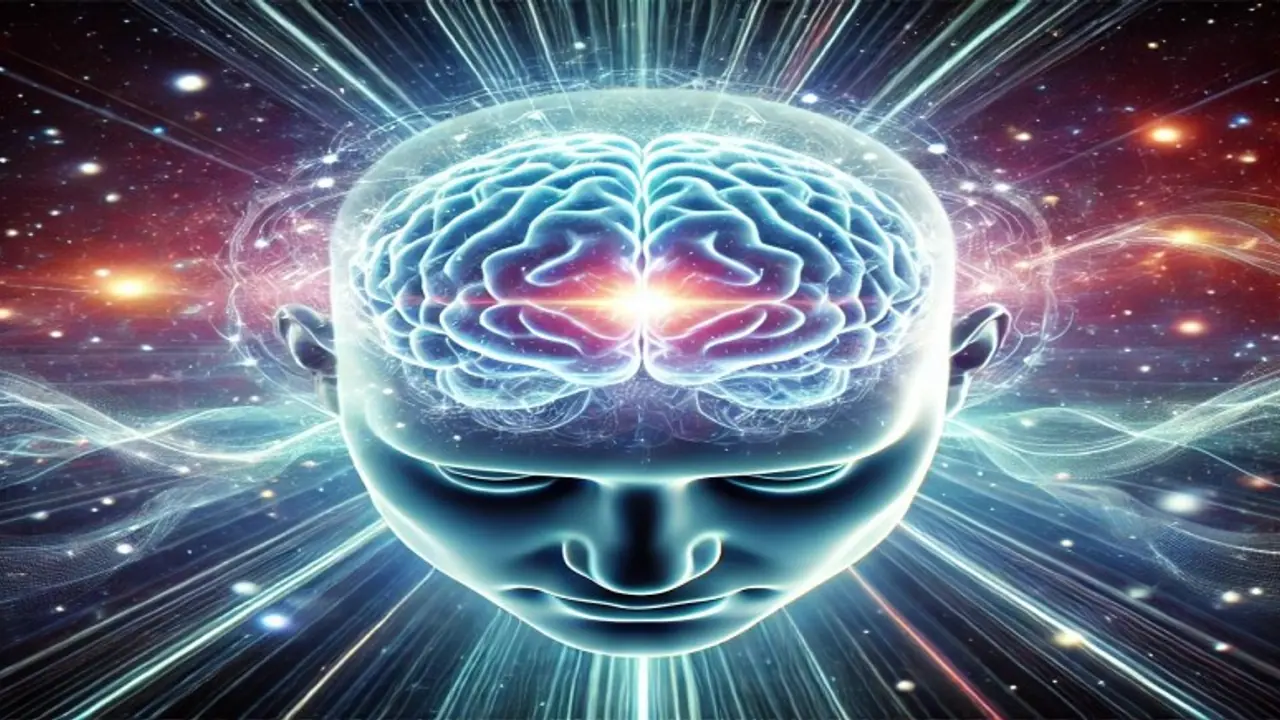A study detected mysterious brain energy bursts after death, fueling speculation about the soul's existence. While an expert links it to quantum consciousness, scientists attribute it to oxygen deprivation. The debate over life after death continues.
A study capturing brain activity in dying patients has revealed a sudden burst of energy moments after death. The phenomenon, recorded via electroencephalogram (EEG, lasted between 30 seconds and 20 minutes after the heart stopped, leaving researchers searching for explanations, according to a report in Daily Mail.

Brain activity after death: A link to consciousness?
Gamma synchrony, a brain wave pattern associated with conscious thought and perception, was detected in patients even after their hearts had stopped. This suggests that brief moments of awareness may persist post-cardiac arrest.
Scientists considered two possible explanations for this phenomenon. The first was electrical interference, but since two separate monitoring devices recorded the same activity, this was deemed unlikely. The second theory linked the energy burst to oxygen deprivation—when the brain reaches critical hypoxia, neurons lose electrical potential, triggering a cascade of brain activity.
This could explain why revived cardiac arrest patients report vivid near-death or out-of-body experiences, as these electrical bursts may create intense mental imagery. While no direct confirmation exists from deceased patients, researchers noted that grieving families often find comfort in the idea that “something” happens at the moment of death.
Also read: Heaven: The mystery of afterlife and beyond
Could this energy burst be the soul’s departure?
Dr. Stuart Hameroff, anesthesiologist and professor at the University of Arizona, suggests the energy spike could indicate the soul leaving the body. He argues that consciousness exists at a quantum level, stored in microtubules within brain cells, and may persist after death.
Quantum consciousness: An alternative theory
Dr. Hameroff’s theory, featured in Through the Wormhole, suggests that when the body dies, quantum information in microtubules disperses into the universe. If a person is revived, this information returns, explaining near-death experiences. If not, he speculates it could exist indefinitely as a soul.
Scientific explanations: Oxygen deprivation or neural processes?
The 2009 study from George Washington University suggests that the brain’s final surge of activity could be due to hypoxia (oxygen deprivation). As neurons lose electrical potential, a cascade of activity might create vivid near-death experiences, explaining reported out-of-body sensations.
The debate over consciousness and death
Most scientists attribute consciousness to complex neural interactions rather than quantum phenomena. While some find the idea of post-mortem brain activity comforting, whether it signifies the departure of the soul or simply a physiological event remains an open question.
